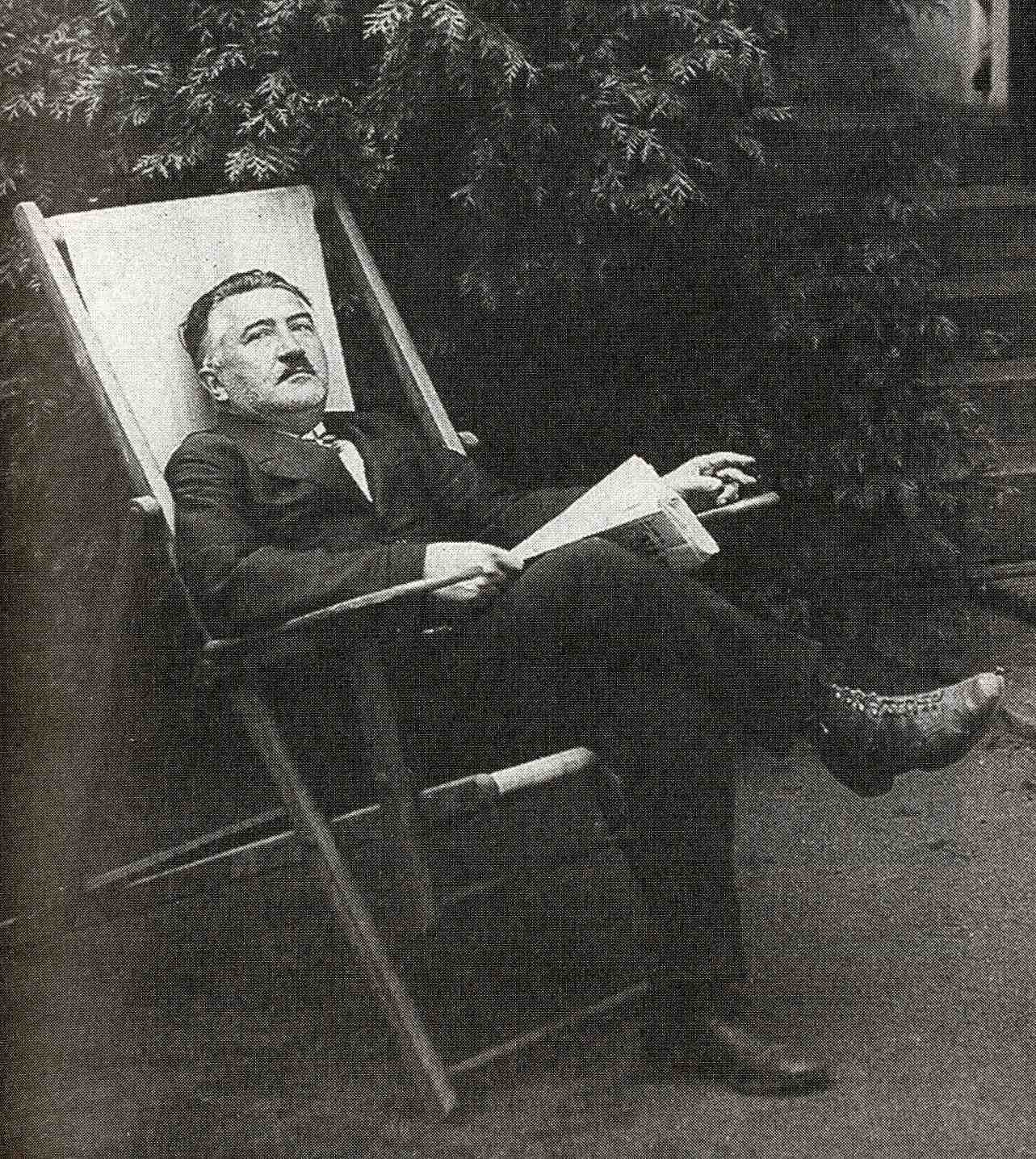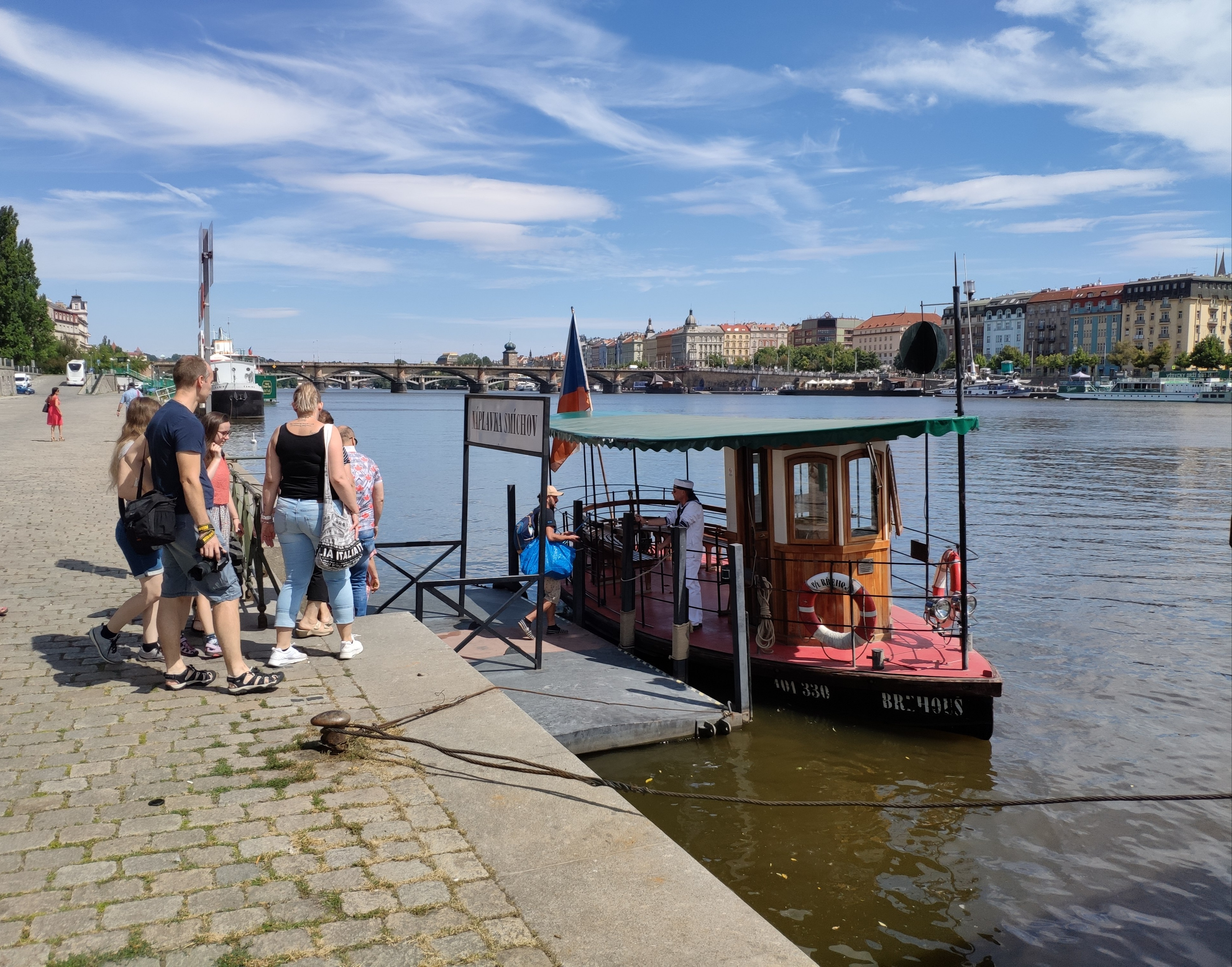|
Křečovice
Křečovice is a municipality and village in Benešov District in the Central Bohemian Region of the Czech Republic. It has about 800 inhabitants. Administrative division Křečovice consists of 14 municipal parts (in brackets population according to the 2021 census): *Křečovice (307) *Brdečný (11) *Hodětice (19) *Hořetice (85) *Hůrka (24) *Krchleby (71) *Lhotka (2) *Nahoruby (105) *Poličany (33) *Skrýšov (17) *Strážovice (43) *Vlkonice (98) *Zhorný (16) *Živohošť (31) Geography Křečovice is located about southeast of Benešov and south of Prague. It lies in the Benešov Uplands. The highest point is the hill Svinný at above sea level. The stream Křečovický potok flows through the village of Křečovice. The brook Vlkonický potok flows across the municipality and supplies a system of fishponds there. Th Vltava and Mastník rivers (respectively the Slapy Reservoir, which is built on them) forms the western municipal border. History The first written ment ... [...More Info...] [...Related Items...] OR: [Wikipedia] [Google] [Baidu] |
Josef Suk (composer)
Josef Suk (4 January 1874 – 29 May 1935) was a Czech composer, violinist, and Art competitions at the 1932 Summer Olympics, Olympic silver medalist. He studied under Antonín Dvořák, whose daughter he married. Biography From a young age, Josef Suk (born in Křečovice, Bohemia) was deeply involved and well trained in music. He learned organ, violin, and piano from his father, Josef Suk Sr., and was trained further in violin by the Czech violinist Antonín Bennewitz. His theory studies were conducted with several other composers including Josef Bohuslav Foerster, , and . He later focused his writing on chamber works under the teachings of Hanuš Wihan. Despite extensive musical training, his musical skill was often said to be largely inherited. Though he continued his lessons with Wihan another year after the completion of his schooling, Suk's greatest inspiration came from another of his teachers, Czech composer Antonín Dvořák.Tyrell, Grove. Page 1 Known as one of Dvoř� ... [...More Info...] [...Related Items...] OR: [Wikipedia] [Google] [Baidu] |
Josef Suk Memorial
Josef Suk Memorial (Czech: ''Památník Josefa Suka'') is a museum in Křečovice in the Central Bohemian Region of the Czech Republic. It was the home of the composer and violinist Josef Suk (1874–1935), and is now a museum dedicated to him. Description The house was built for the composer in 1895 by his father Josef Suk senior, a head teacher and director of the church choir in the village of Křečovice. The Bohemian Quartet, of which Suk was a founding member, rehearsed here, and he composed most of his works here."Josef Suk Memorial" Czech Museum of Music. Retrieved 29 May 2023. After his death, his son Josef Suk (father of the violinist Josef Suk) made the house into a museum dedicated to the compose ... [...More Info...] [...Related Items...] OR: [Wikipedia] [Google] [Baidu] |
My Sweet Little Village
''My Sweet Little Village'' () is a 1985 Czechoslovak film directed by Jiří Menzel. In 1987 it was nominated for an Academy Award for Best Foreign Language Film. Plot The film's main storyline follows the life of Otík, a young man with mental illness, in a tight-knit village community. The sweet-tempered Otík works as a truck driver assistant to Mr. Pávek, his older colleague, and practical-minded neighbor. Pávek's family and Otík's aunt Hrabětová take care of Otík, whose parents are dead. However, the two truck coworkers become at odds over Otík's inability to perform even the simplest tasks. Pávek demands that Otík be transferred to assist another driver, who happens to be a choleric and suspicious man named Turek. Rather than work with Turek, Otík decides to accept an offer of employment in Prague but finds he does not fit into city life. After discovering that the transfer of Otík to Prague was a trick by a crooked subordinate of the Dřevoplech company directo ... [...More Info...] [...Related Items...] OR: [Wikipedia] [Google] [Baidu] |
Benešov District
Benešov District () is a Okres, district in the Central Bohemian Region of the Czech Republic. Its capital is the town of Benešov. Administrative division Benešov District is divided into three Districts of the Czech Republic#Municipalities with extended competence, administrative districts of municipalities with extended competence: Benešov, Vlašim and Votice. List of municipalities Towns are marked in bold and market towns in ''italics'': Benešov – Bernartice (Benešov District), Bernartice – Bílkovice – Blažejovice – Borovnice (Benešov District), Borovnice – Bukovany (Benešov District), Bukovany – Bystřice (Benešov District), Bystřice – Čakov (Benešov District), Čakov – ''Čechtice'' – Čerčany – Červený Újezd (Benešov District), Červený Újezd – ''Český Šternberk'' – Chářovice – Chleby (Benešov District), Chleby – Chlístov (Benešov District), Chlístov – Chlum (Benešov District), Chlum – Chmelná – Chocerady – ... [...More Info...] [...Related Items...] OR: [Wikipedia] [Google] [Baidu] |
Benešov Uplands
The Benešov Uplands or Benešov Hills () are uplands and a geomorphological mesoregion of the Czech Republic. It is located mostly in the Central Bohemian Region. It belongs to the largest mesoregions in the country. It is named after Benešov, which is the most populated town in the territory. Geomorphology The Benešov Uplands is a mesoregion of the Central Bohemian Hills within the Bohemian Massif. It is a rugged hilly area with erosional denudation relief, tectonically disturbed, with distinct structural ridges and inselbergs. The uplands are further subdivided into the microregions of Březnice Uplands and Dobříš Uplands. There are a lot of medium-high hills. The highest peaks are located in the southwestern part of the territory. The highest peaks of the Benešov Uplands are: *Stráž, *Pteč, *Hrby, *Špalková hora, *Drahenický vrch, *Levín, *Vraneč, *Kozí vrch, *Mumlin, *Holý vrch, Geography The Benešov Uplands stretches from southwest to nor ... [...More Info...] [...Related Items...] OR: [Wikipedia] [Google] [Baidu] |
Slapy Reservoir
Slapy Reservoir () is a reservoir in the Central Bohemian Region of the Czech Republic. With an area of , it is the List of dams and reservoirs in the Czech Republic, sixth largest reservoir in the country. Built on the Vltava River, it is part of the so-called Vltava Cascade. Location Slapy is located in the Central Bohemian Region, in the Benešov Uplands. It lies about south of Prague. It is named after the village of Slapy (Prague-West District), Slapy, located near the dam. The Slapy Reservoir was built on the Vltava River as part of the so-called Vltava Cascade: it is preceded by the Orlík Reservoir and followed by the Štěchovice Reservoir. Characteristics Slapy has an area of the water surface of and total capacity of . The Drainage basin, catchment area is . The average depth is about and the maximum depth is about . The current water level is 35 metres higher than the original bed of the Vltava. The length of the reservoir is . The dam is high. The reservoir is ... [...More Info...] [...Related Items...] OR: [Wikipedia] [Google] [Baidu] |
Mastník
Mastník is a municipality and village in Třebíč District in the Vysočina Region of the Czech Republic. It has about 200 inhabitants. Geography Mastník is located about southwest of Třebíč and southeast of Jihlava. It lies in the Jevišovice Uplands. The highest point is the hill Pekelný kopec at above sea level. Demographics Notable people *Jan Zahradníček Jan Zahradníček (17 January 1905, Mastník, Moravia − 10 October 1960, Vlčatín) was a Moravian (Czech) poet, journalist and translator. He was one of the most important Czech Catholic poets of the 20th century. Because of his faith and ... (1905–1960), poet References External links * Villages in Třebíč District {{Vysočina-geo-stub ... [...More Info...] [...Related Items...] OR: [Wikipedia] [Google] [Baidu] |
Vltava
The Vltava ( , ; ) is the longest river in the Czech Republic, a left tributary of the Elbe River. It runs southeast along the Bohemian Forest and then north across Bohemia, through Český Krumlov, České Budějovice, and Prague. It is commonly referred to as the "Czech national river". Etymology Both the Czech name ' and the German name ' are believed to originate from the old Germanic words ' 'wild water' (compare Latin '). In the ' (872 AD) it is called '; from 1113 AD it is attested as '. In the ' (1125 AD) it is attested for the first time in its Bohemian form, '. Course The Vltava originates by a confluence of two rivers, the Teplá Vltava, which is longer, and the Studená Vltava, originating in Bavaria. From a water management point of view, the Vltava and Teplá Vltava are one river with single numbering of river kilometres. The Teplá Vltava originates in the territory of Kvilda in the Bohemian Forest at an elevation of , on the slope of the Čern� ... [...More Info...] [...Related Items...] OR: [Wikipedia] [Google] [Baidu] |
Obec
(, ; plural ) is the Czech and Slovak word for a municipality (in the Czech Republic, in Slovakia and abroad). The literal meaning of the word is " commune" or " community". It is the smallest administrative unit that is governed by elected representatives. Cities and towns are also municipalities. Definition The legal definition (according to the Czech code of law with similar definition in the Slovak code of law) is: ''"The municipality is a basic territorial self-governing community of citizens; it forms a territorial unit, which is defined by the boundary of the municipality."'' Every municipality is composed of one or more cadastral areas. Every municipality is also composed of one or more municipal parts (), which are usually town quarters or villages. A municipality can have its own flag and coat of arms. Czech Republic Almost the entire area of the Czech Republic is divided into municipalities, with the only exception being military training areas. The smaller mu ... [...More Info...] [...Related Items...] OR: [Wikipedia] [Google] [Baidu] |
Prague
Prague ( ; ) is the capital and List of cities and towns in the Czech Republic, largest city of the Czech Republic and the historical capital of Bohemia. Prague, located on the Vltava River, has a population of about 1.4 million, while its Prague metropolitan area, metropolitan area is home to approximately 2.3 million people. Prague is a historical city with Romanesque architecture, Romanesque, Czech Gothic architecture, Gothic, Czech Renaissance architecture, Renaissance and Czech Baroque architecture, Baroque architecture. It was the capital of the Kingdom of Bohemia and residence of several Holy Roman Emperors, most notably Charles IV, Holy Roman Emperor, Charles IV (r. 1346–1378) and Rudolf II, Holy Roman Emperor, Rudolf II (r. 1575–1611). It was an important city to the Habsburg monarchy and Austria-Hungary. The city played major roles in the Bohemian Reformation, Bohemian and the Protestant Reformations, the Thirty Years' War and in 20th-century history a ... [...More Info...] [...Related Items...] OR: [Wikipedia] [Google] [Baidu] |
Regions Of The Czech Republic
Regions of the Czech Republic ( ; singular ) are higher-level territorial self-governing units of the Czech Republic. History The first regions (''kraje'') were created in the Kingdom of Bohemia in the 14th century. At the beginning of the 15th century, Bohemia was already divided into 12 regions, but their borders were not fixed due to the frequent changes in the borders of the estates. During the reign of George of Poděbrady (1458–1471), Bohemia was divided into 14 regions, which remained so until 1714, when their number was reduced to 12 again. From 1751 to 1850, after the four largest regions were divided, the kingdom consisted of 16 regions. Between 1850 and 1862, there were several reforms and the number of regions fluctuated between 7 and 13. Due to the parallel establishment of political districts in 1848, however, their importance declined. In 1862, the regions were abolished, although the regional authorities had some powers until 1868. Moravia was divided into ... [...More Info...] [...Related Items...] OR: [Wikipedia] [Google] [Baidu] |

